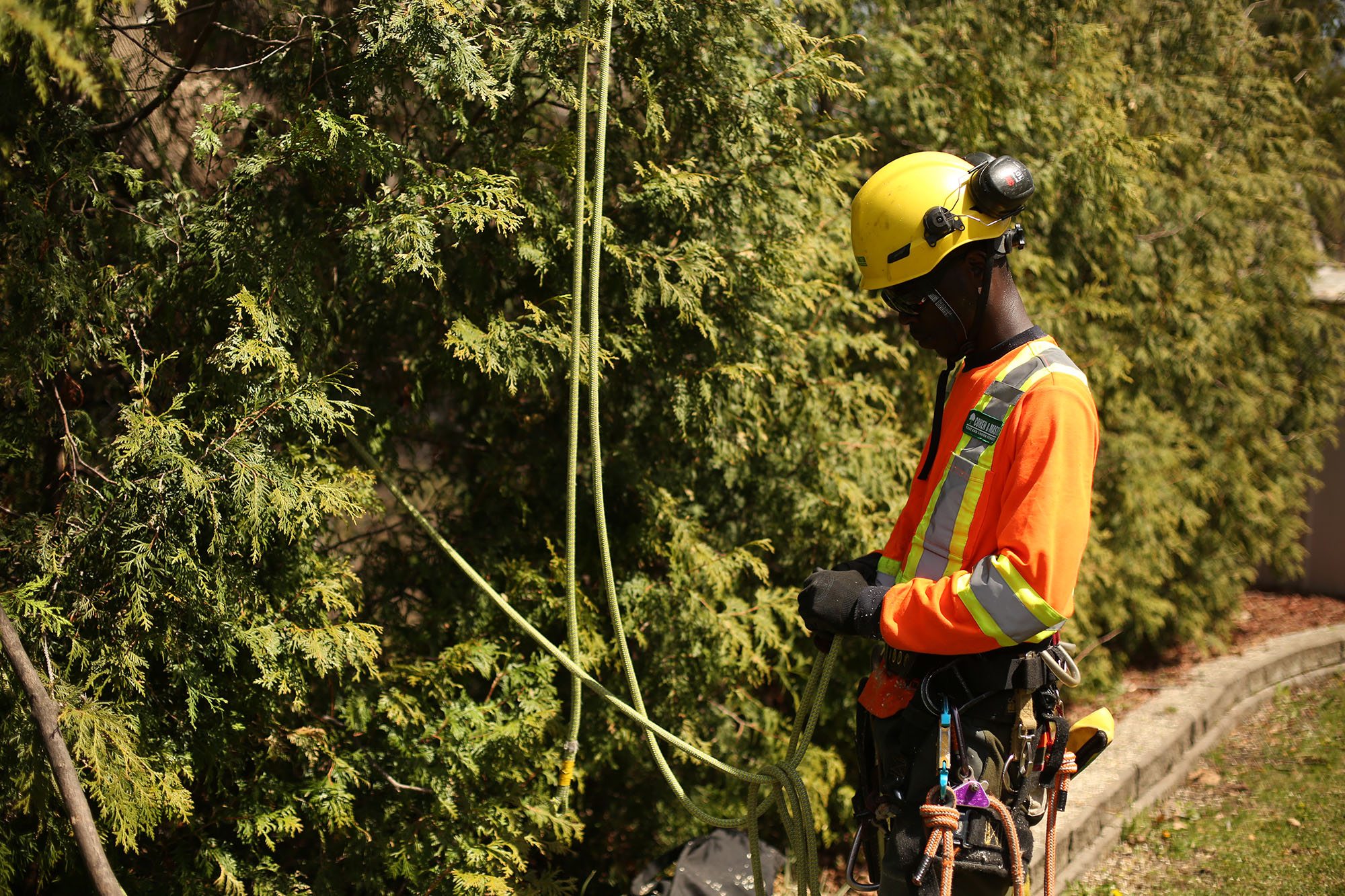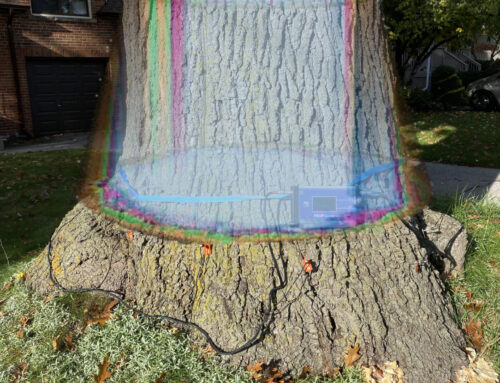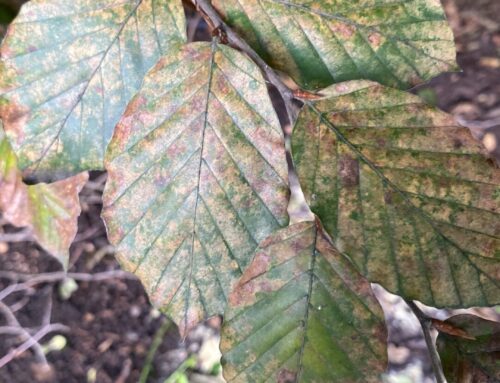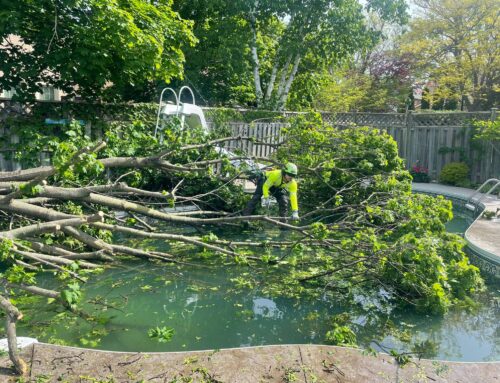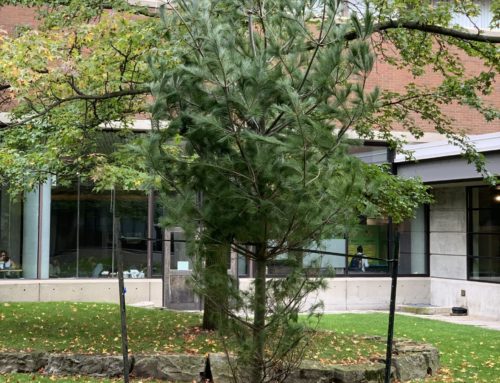Trees growing in an urban environment often look different than what you see in the forest. This has a lot to do with the space limitations that the urban canopy has.
Forest Tree Structure:
In the forest, essentially what you’ll find is that the tree will have one trunk – called a leader – that goes all the way to the top forming a pole shape. Small branches sprout from the top of the pole-like structure. This is very structurally sound because the smaller branches are securely attached to the leader and there are no competing leaders.
In the city we find a lot of trees have competing leaders which is the primary cause of tree weakness in the urban environment. For example, we often come across large maple trees in the middle of a suburban yard that has lots of room to expand, so the tree starts cutting all the lawns and the layers start to compete and turn into what we call dominant eaters. Instead of a tree with a pole like structure with branches coming off the side at the tree top, we get a tree with multiple poles, rubbing against each other, poorly attached, and crossed-over branches. This has definitely proven, in urban tree care, to create poor structure which creates a lot of tree problems.
This is what we try to manage as a Toronto & GTA arborist through pruning and crossing branches, or setting up a support system for competing tree limbs. The best solutions we arborists found is pruning a tree at young age so that we manage the structure it will develop into – mimicking more of the pole like structure found in the forest trees. The end results will be:
- Tree will live longer
- Less structural problems
- Less money spent on maintenance as there is now less to maintain
How Do Cohen & Master Arborists Manage Tree Structure?
Pruning cuts – we cut against the stem, trying to keep those cut as small as possible. If the cut is small, when the tree is young it will close over where that cut was made, and in time you won’t even see traces of it. Furthermore, this limits decay from spreading throughout the tree.
If we try correct a tree and make large diameter cuts (12-15 inches) it will be much harder for the tree to seal that off, and there will be a much greater likelihood of decay spreading through the tree. So we like to keep the cut small, cut the tree at a young age so it will mature into a structurally sound tree.

